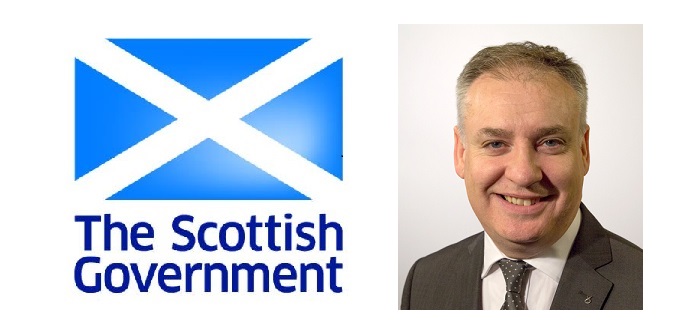A Scottish Government investigation of the avian flu outbreak, which occurred near Dunfermline earlier this year, has concluded that indirect contact with wild birds was the “most likely” cause.
Urging poultry keepers across Scotland to maintain good biosecurity and remain vigilant for signs of the disease in the wild bird population, Scotland’s rural affairs secretary, Richard Lochhead, praised the company and vet involved in the Dunfermline case.
“We cannot be complacent,” said Mr Lochhead (pictured above. “This isolated case highlights the importance of constant watchfulness and good biosecurity, and the need for individual keepers, industry and the authorities to continue to work together.
“It is thanks to the company and its private vet that the infection was caught at a very early stage which undoubtedly was a major factor in preventing its spread and ensuring it could be quickly stamped out.”
Scotland’s chief veterinary officer, Sheila Voas, added: “Investigations have concluded that indirect contact with wild birds is the most likely source of the case of very mild avian influenza near Dunfermline. Tests also found it was a different strain of H5N1 to those previously seen on the continent.
“We know that infections such as this constantly circulate in wild bird populations at a very low level, and therefore remain a constant, low-level threat to poultry in Scotland. That is why I am writing to all registered poultry keepers in Scotland with advice about how to maintain good biosecurity on their farm.
“As demonstrated in the Dunfermline case, the speed of response is absolutely crucial in containing and controlling infection when it does occur.”


